Bosbec WE Introductory Course
Welcome to an introductory course where we, through text and video, go through Bosbec’s features and interfaces to learn how you can use them to digitize your processes and build different flows to facilitate your business.
The course starts below with a few paragraphs that aim to introduce the most basic concepts (triggers, jobs, and units), and we then go on to describe the concepts of Bosbec WE at a deeper level in video format.
These videos are also intended to be available as reference material when building solutions in the platform yourself.
How To Build
The Overall Concepts Discussed Are:
- Incoming and outgoing channels
- Message Templates and mailings
- Management of Meta Data
- Units, Data log, Files
- Forms and data collection
- Integrations with existing systems
- HTTP-in API
- Design process: how do you design your own workflows?
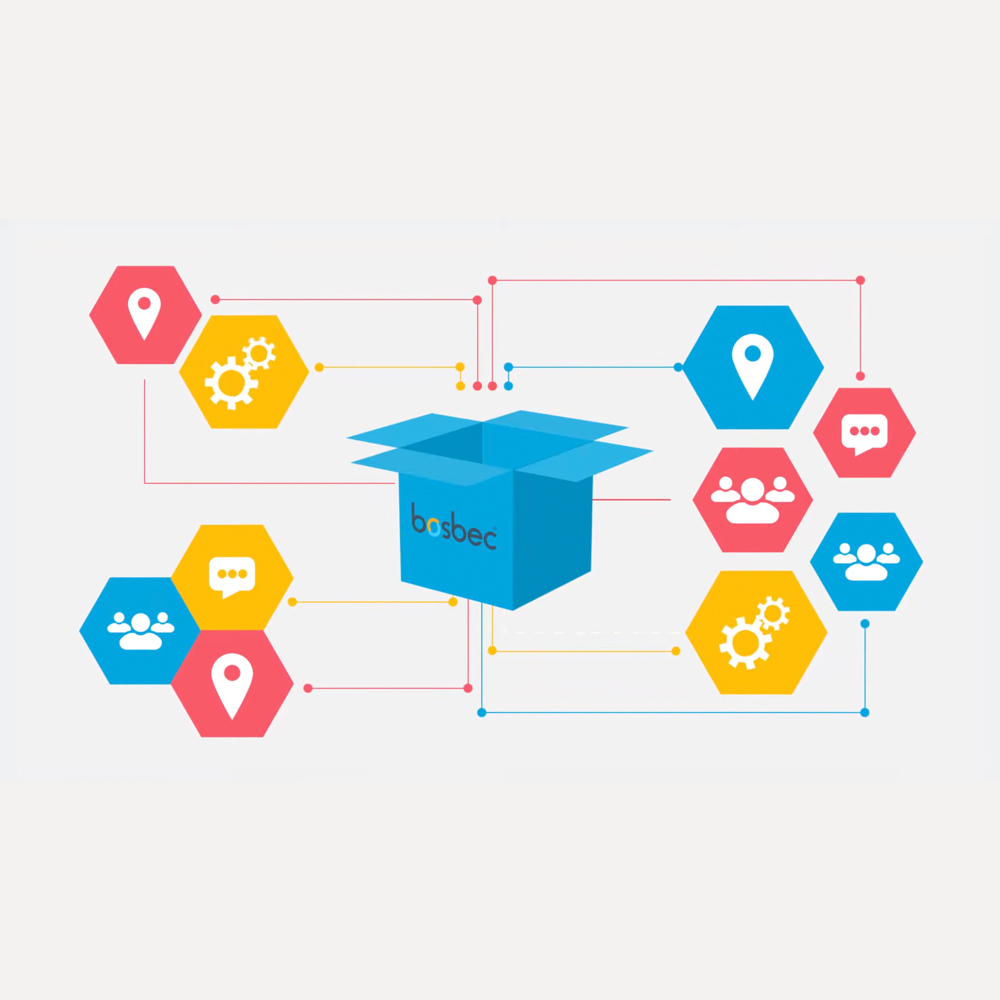
Bosbec Workflow Engine
Bosbec Workflow Engine (or Bosbec WE) is a powerful platform that, together with Workflow Builder, allows you to build sophisticated digital solutions using ready-made components and interfaces without necessarily having any previous programming knowledge. However, if you have some background in programming, you will probably recognize many of the concepts used by Bosbec WE.
Bosbec WE is designed to receive data through different channels and process or react to it based on the rules you build in the Workflow Builder (WFB).
Triggers
All workflows are started using a Trigger. There are many variations, but they are generally started by something happening: a file is uploaded, a message is received, someone responds to a form, or an API call is made.
Triggers listen to these events using “Channels.” The trigger can listen to everything on a particular channel or filter out the events you are not interested in. For example, the channel may receive all SMS to a specific phone number, but the trigger should only run when the SMS contains a particular keyword.
Jobs
One or more Jobs are then connected to the triggers. There are many jobs to choose from to perform the tasks required to achieve the desired result in a workflow. These tasks can be divided into different categories.
There are several jobs to choose from in these categories, and the most appropriate job usually depends on the desired outcome, but we have some jobs that we often recommend. These are available in the interfaces when dragging out a new job.
Jobs Category
Data Processing
Processes data by retrieving, transforming, and storing.
Communication
Sending messages and notifications to users via various media, such as email, SMS, or app.
Integration
Integrates with other systems using API calls or FTP access.
Automation
Schedules or creates loops to do a task multiple times.
Decision-Making
Routes the workflow and branches out to perform different tasks depending on configured rules.
Units
To access the data in subsequent workflow executions, it must be saved in one of three places: Units, the data log, or the file library. This section looks at units as these are the most common places to save data, but we go into more detail in Episode 5.
Units store data and can be divided into “Data units” and “Channel units.” A “channel unit,” or contact unit, is a unit with one or more contact channels stored and usually represents a person the user may want to communicate with.
A contact unit may also have metadata stored that can describe it further. Examples of such data can be a department the person works in, if the person is on vacation, or an employment number.
A “data unit,” or storage unit, is the same as a contact unit but has no contact channel stored and usually does not represent a person but is instead used as a general storage area for data and can represent anything. However, these units also use metadata that is stored with a key and value. A data unit can, for example, represent an individual case in incident management, a queue in a store, or a department in the company.
How To Build
Our Workflow Concept Examples
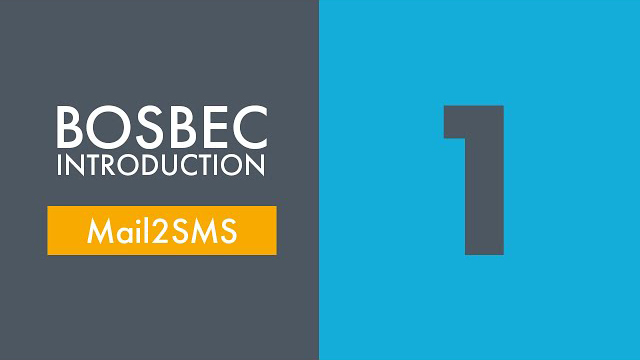
Building Workflows
The first episode explains how to build a workflow, what essential tools are available, and how to use dynamic data in the workflow executions.
- WFB
- Debug
- Channels
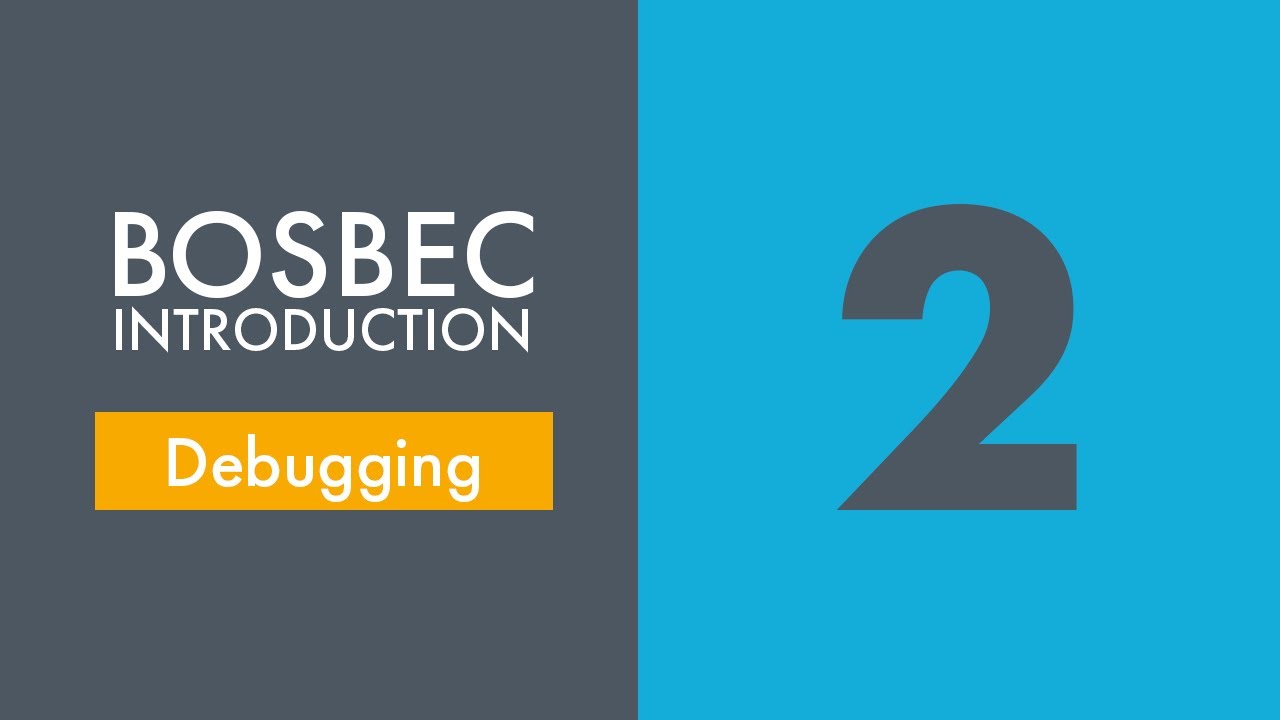
Debugging
In the second episode, we test the debug mode and debug the workflow we built in the previous episode. The concepts we go through are mainly “Workflow Context” and “Workflow Stories”.
- WFB
- Debug
- Channels
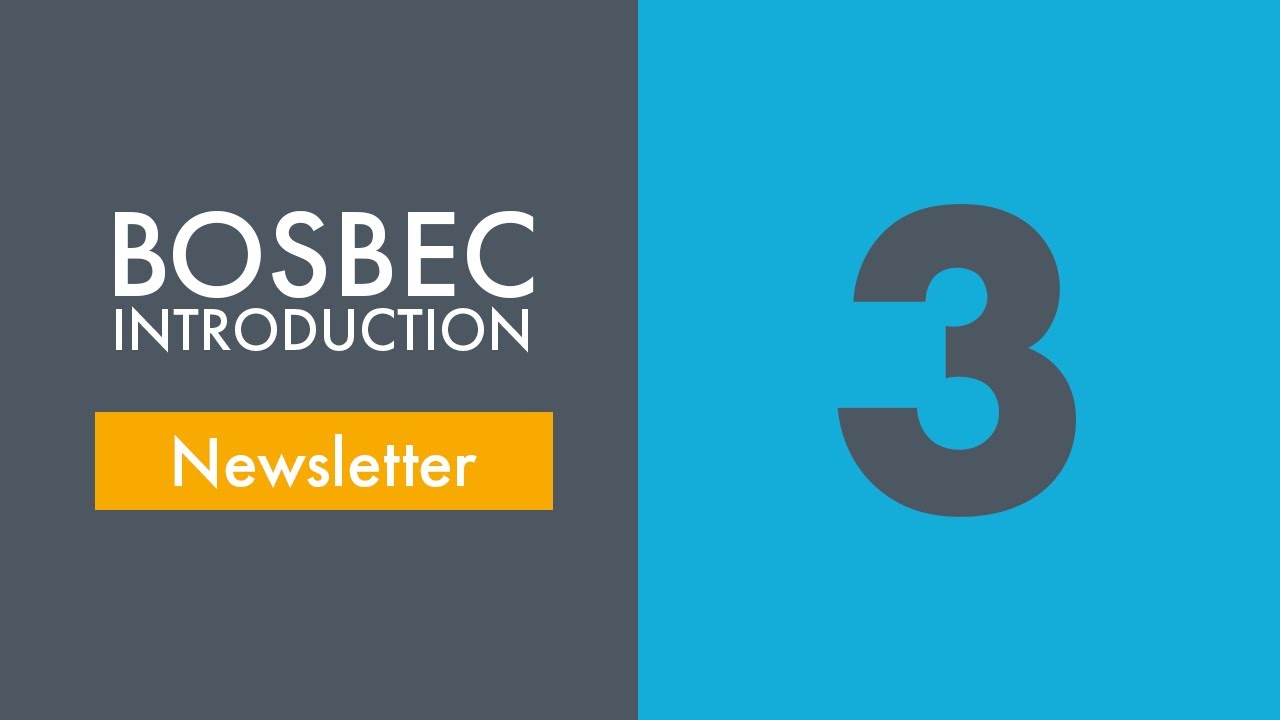
Forms, units, and groups
This episode explains how you can use a form to create a registration for a newsletter. All registrations are saved as units in groups.
- Forms
- Units
- Groups
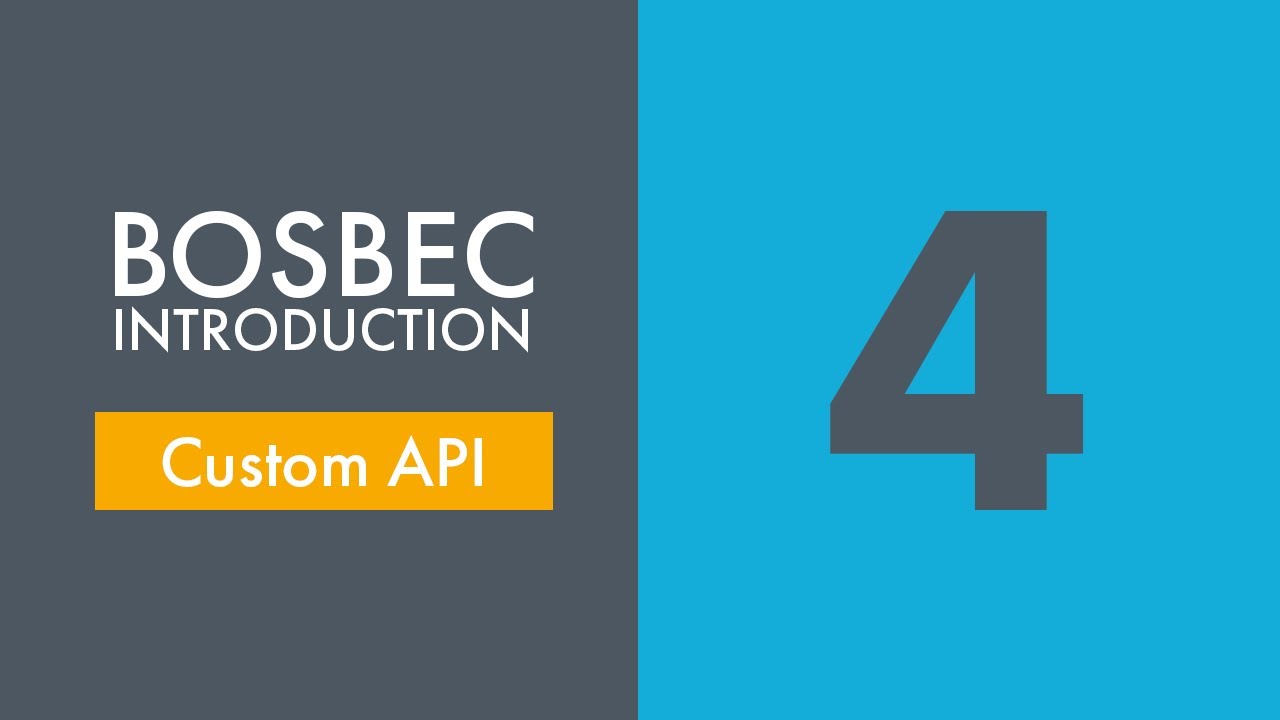
Custom API
We take a look at how to set up endpoints for the HTTP-in API, how to create API keys, and how to set up reminders of the key’s expiration date.
We also take a brief look at how the Workflow Library works.
- WFB
- API
- Channels
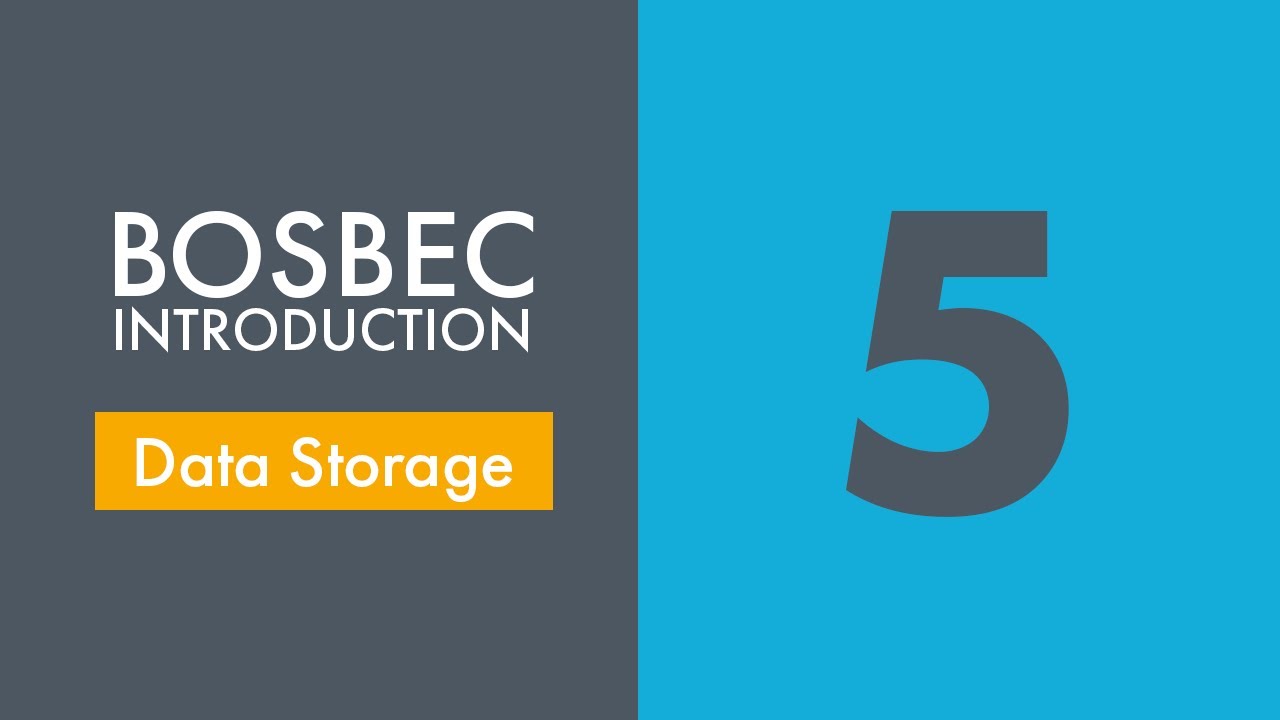
Data storage
We explore the differences in saving data on units, data logs, and in the file library and what to choose.
- Units
- Data log
- Files
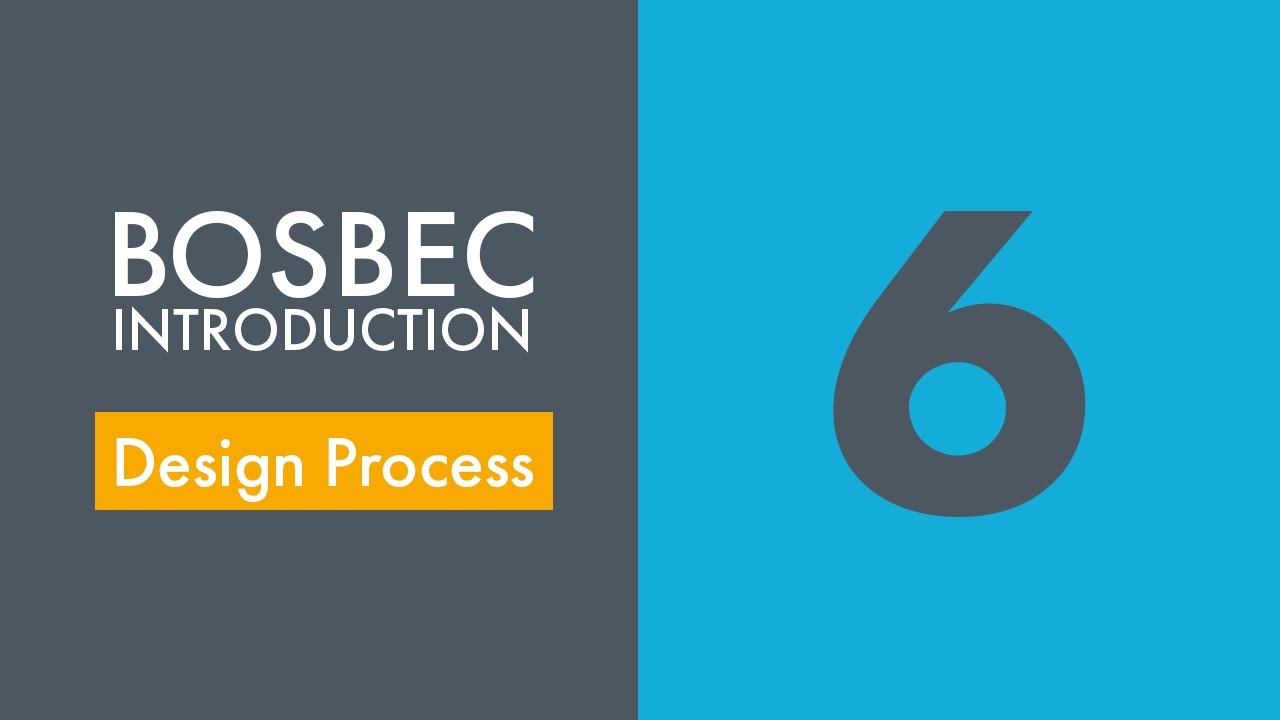
Design process
To conclude the course, we use what we have learned in previous chapters to reflect on how you can use these tools to digitize your processes. Where do I start? How should I approach Workflow building?
- WFB
